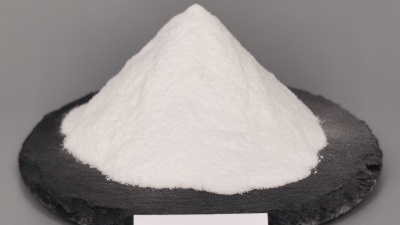How to Maximize Performance with Redispersible Polymer Powders in Your Formulations
Table of Contents
- Understanding Redispersible Polymer Powders and Their Benefits in Formulations
- Key Properties of Redispersible Polymer Powders That Enhance Performance
- Strategies for Selecting the Right Redispersible Polymer Powder for Your Needs
- Formulation Techniques to Optimize the Use of Redispersible Polymer Powders
- Best Practices for Storage and Handling of Redispersible Polymer Powders
- Case Studies: Successful Applications of Redispersible Polymer Powders in Industry
- Maximizing Construction Efficiency with HS Code 39052900 Redispersible Polymer Powder in Drymix Mortar Solutions
- FAQS
- Conclusion
- Related Posts
You know, in the ever-changing world of construction materials, Redispersible Polymer Powders (RDPs) are really making a splash lately. They've become pretty much essential for boosting how well different mixes perform and last over time. A recent report by MarketsandMarkets even says that the global market for construction additives is expected to hit around USD 25.8 billion by 2025, and RDPs are a big part of that story because they're so versatile—helping stuff stick better, stay flexible, and resist water.
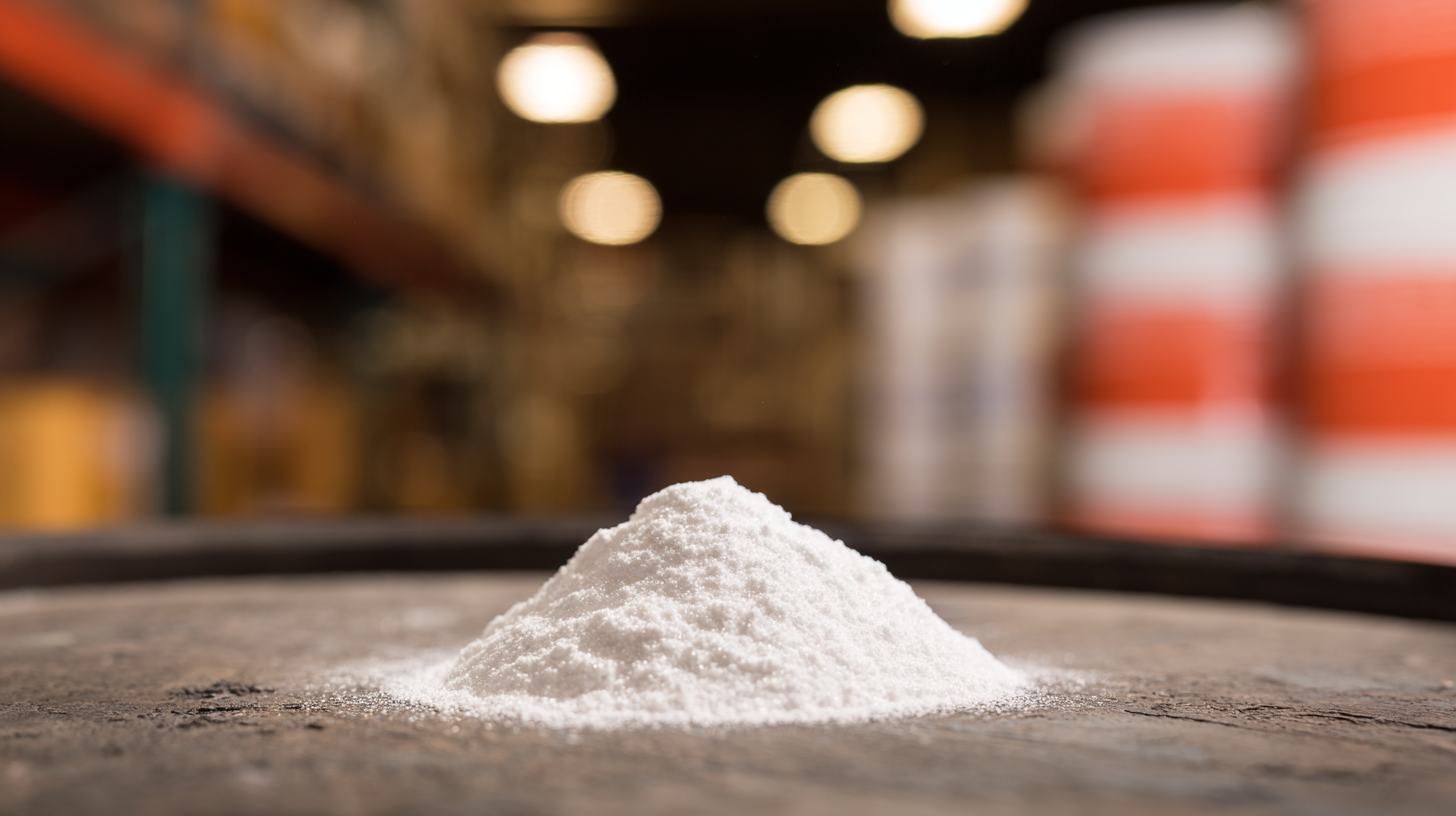
Here at Longou International Business (Shanghai) Co., Ltd., we’re really tuned into this trend. We're committed to offering innovative solutions that tap into the power of RDPs, so our customers all over the world can get better results in their construction projects. As we look into all the ways RDPs can help, our goal is to support manufacturers and contractors alike—giving them the tools to improve their formulations, make them more durable, and really make a difference in their projects’ longevity and sustainability.
Understanding Redispersible Polymer Powders and Their Benefits in Formulations
Redispersible polymer powders, or RDPs for short, are pretty essential if you're looking to boost how well your formulations perform—especially in construction stuff and coatings. They're usually made from polymer dispersions through spray drying or similar processes. What’s cool is they bring a lot to the table: better adhesion, more flexibility, and they even help make things water-resistant. Lately, research has been pointing out that using polyvinyl alcohol as a stabilizer during the spray drying process can really make a difference. It not only makes the particles smaller but also ramps up the yield of the powder—big win for manufacturers because it means more product at less cost.
Adding RDPs into your mix can really take your formulations to the next level. For example, some industry reports mention that incorporating RDPs can improve adhesion by up to 50%, plus it helps cut down on cracking over time. To get the most out of these powders, it’s a good idea to tweak the amount you use. Starting with around 4-6% of your total formulation weight usually does the trick, but feel free to adjust depending on what performance you're aiming for.
When you're picking out which RDPs to use, make sure they play nicely with your other ingredients. Compatibility’s key—it leads to a more uniform mixture and better overall performance. Also, keeping the dispersion conditions just right during mixing really helps the powders do their thing, giving you a final product that’s way better quality overall.
Key Properties of Redispersible Polymer Powders That Enhance Performance
You know, redispersible polymer powders (or RDPs for short) have really become a game-changer in many industries—think construction, adhesives, coatings, you name it. A cool thing about RDPs is how they form a solid, even film once you mix them back into water. That film isn’t just for show; it boosts things like adhesion and flexibility, plus it stands up pretty well against weather and environmental wear. So, when you use RDPs in your formulations, you’re basically adding a layer of durability, which is a big deal, especially when things are exposed to tough conditions.
And here’s another thing I find pretty interesting—RDPs are water-resistant but still let moisture vapor escape. That means they act like a barrier that keeps water out but still ‘breathe,’ which is super important in construction stuff like tile adhesives or outside wall finishes. Long story short, they help manage moisture without sacrificing breathability, ensuring that buildings stay in good shape over time. Plus, adding RDPs often makes the mix easier to work with. It’s smoother, easier to apply, and generally a better experience overall—trust me, it makes DIY or pro jobs way less frustrating.
Strategies for Selecting the Right Redispersible Polymer Powder for Your Needs
When you're trying to pick the right redispersible polymer powder for your project, there are a few key things you really want to keep in mind. It’s not just about the specs — it’s about making sure it fits your specific needs and will perform well in real-world conditions. These powders are super useful in construction chemicals; they help with things like making materials stick better, stay flexible, and resist water. At Longou International Business (Shanghai) Co., Ltd., we really focus on understanding what our clients need and what challenges their products might face — that’s how we help them pick the best options.
One big tip is to check whether the polymer plays nicely with other ingredients, like cement or fillers. Taking a close look at things like particle size, Tg (that’s glass transition temperature), and other key polymer features can really help you get the most out of your formulation. Plus, thinking about how you’ll actually apply it — whether you're spraying, troweling, or casting — can make a huge difference in choosing the right powder. By tapping into our expertise at Longou, clients can come up with customized solutions that boost performance and meet the demanding standards of today’s construction world. We’re here to help you make smarter choices and get the results you're after.
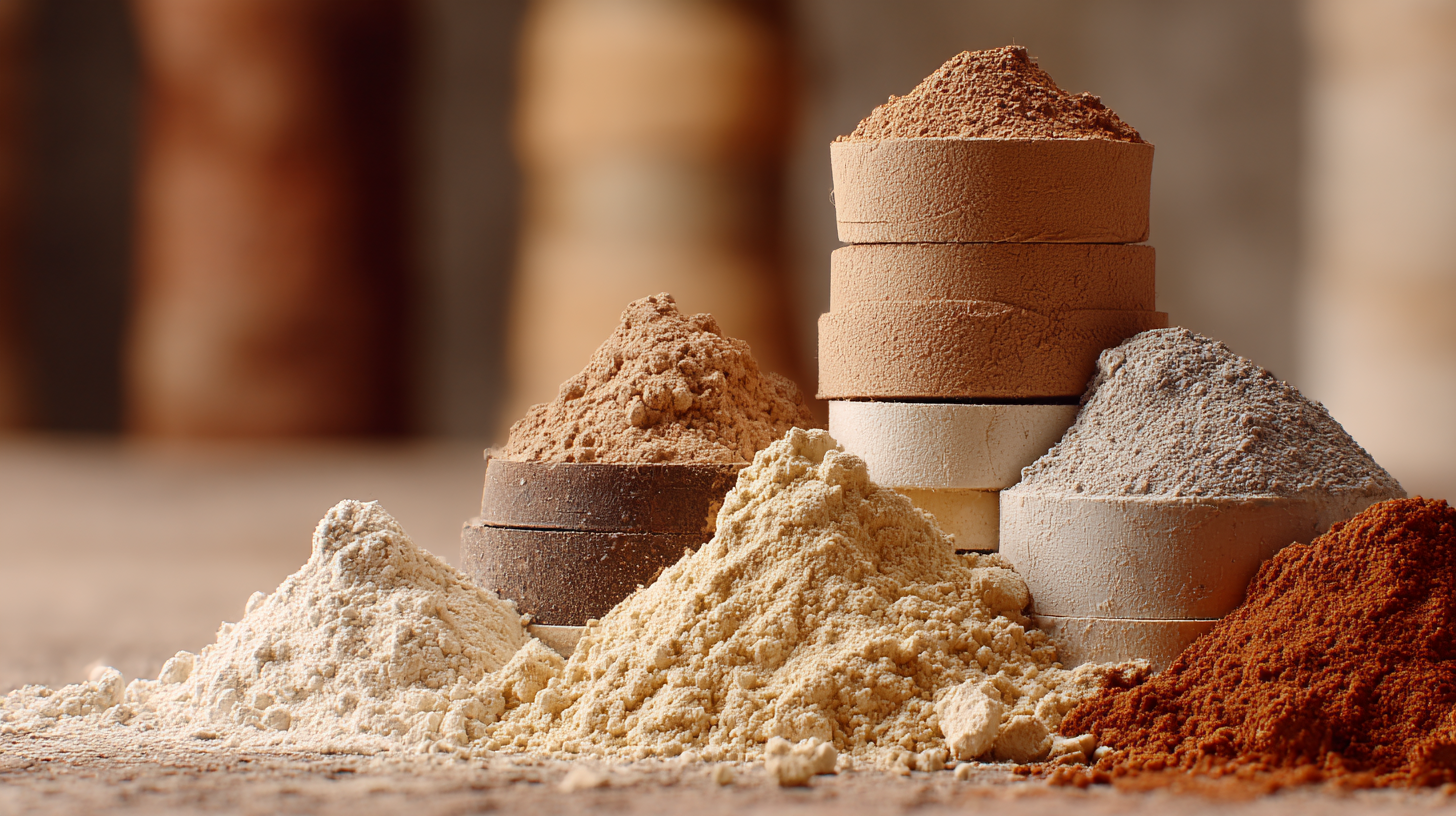
Formulation Techniques to Optimize the Use of Redispersible Polymer Powders
When you're working with redispersible polymer powders, it's pretty much essential to use good formulation techniques to unlock their full potential across different applications. First off, you really need to get a solid understanding of the specific properties of the polymer — stuff like particle size, carrier materials, and whether it’s more hydrophobic or hydrophilic all matter a lot. Knowing these details helps predict how well the powder will mix and perform with other ingredients. It’s also a smart move to run compatibility tests with potential additives — this way, you can pick the right components that boost stability and overall performance.
Beyond those initial tests, tweaking the mixing process just right can make a big difference. Using techniques like controlled shear mixing and paying attention to the water-to-powder ratio can really improve how evenly things disperse and how effective the polymer is. Plus, changing the pH or temperature during formulation can have a noticeable effect on how well the polymer rehydrates, which in turn helps with adhesion and film formation. When you take the time to refine these formulation steps carefully, you'll end up with products that perform better and deliver more of the desired benefits in the end.
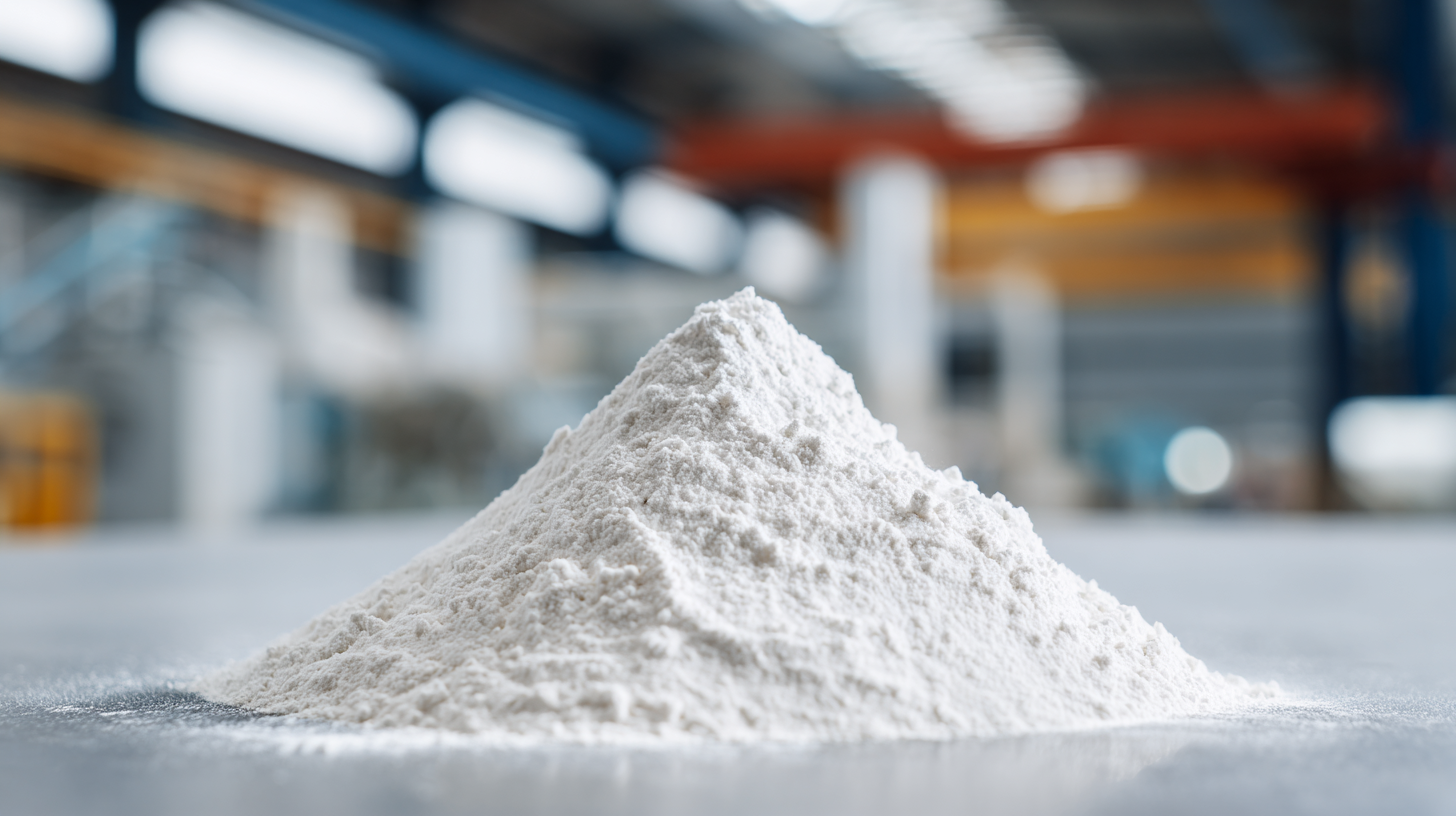
Best Practices for Storage and Handling of Redispersible Polymer Powders
Taking proper care of and storing redispersible polymer powders (RDP) is super important if you want them to perform well in your construction formulations. Basically, they need to be kept in a controlled environment to stay in good shape. The key is to store them in a cool, dry place—away from moisture and really hot or cold temperatures. That way, the powders stay free-flowing and are easy to re-disperse when you mix them with water. Using sealed packaging with moisture barriers can really help extend their shelf life, so making sure you store them correctly is a must for any company aiming for top-notch quality in their high-performance products.
On top of that, following best practices when handling RDPs can really boost how useful they are in construction chemicals. For example, using dedicated tools when transferring the powders helps prevent contamination and stops clumping. Training your team on these handling tips is also a smart move—it keeps quality consistent across the board. Here at Longou International Business (Shanghai) Co., Ltd., we stress how important these measures are because they help us deliver reliable construction materials and solutions to our customers worldwide. When you put a little focus on proper storage and handling, not only do your products perform better, but your company can also stay ahead in the market. It’s all about paying attention to those details, really.
Maximizing Performance with Redispersible Polymer Powders
This chart illustrates the performance ratings of different factors affecting the utilization of redispersible polymer powders. Optimal storage temperature and mixing speed significantly enhance performance, while humidity levels and handling time also play critical roles.
Case Studies: Successful Applications of Redispersible Polymer Powders in Industry
You know, redispersible polymer powders have really become a game-changer across a bunch of industries,
especially in construction and coatings. They boost how well products perform and how long they last—big wins there.
I’ve come across some pretty impressive case studies showing how these powders work wonders in stuff like tile adhesives.
When manufacturers add them into their formulations, they often see better grip and more flexibility, which means tiles resist water and
temperature changes way better. For example, one major company reported a huge drop in flooring failures and maintenance costs
after switching to these enhanced formulations—it’s pretty compelling stuff.
And it doesn’t stop there. In the world of paints and coatings, redispersible polymer powders have been a real boon for creating films
that form better and give surfaces improved characteristics. I remember reading about a big paint brand that started using these powders,
and the results were pretty impressive—durability went up, and it was easier to wash and clean.
Plus, this move appealed a lot to eco-minded consumers, and it helped boost their brand in a competitive market. All in all, these examples
really show how tapping into redispersible polymer powders can amp up the performance of different formulations, giving better physical
properties and keeping up with what industries need these days.
Maximizing Construction Efficiency with HS Code 39052900 Redispersible Polymer Powder in Drymix Mortar Solutions
In the quest to maximize construction efficiency, the integration of HS Code 39052900 redispersible polymer powders, such as ADHES® AP1080, into drymix mortar solutions plays a crucial role. ADHES® AP1080, a redispersible latex powder derived from ethylene-vinyl acetate copolymer (VAE), showcases impressive adhesion, plasticity, and water resistance. Such characteristics are essential in enhancing the performance of polymer cement mortar. Industry reports indicate that the inclusion of redispersible polymer powders can lead to a 30% increase in tensile and bending resistance, helping to ensure the durability and longevity of the constructed structures.
Longou, a leading manufacturer of redispersible latex powders, emphasizes that their RD powder for tiles is produced through a meticulous process involving spray drying of addition polymer emulsions. When mixed with mortar, the powder transforms into a stable polymer emulsion upon water evaporation, significantly improving the mechanical properties of the mortar. According to the latest market analysis, the demand for high-performance construction materials, including redispersible polymers, is projected to grow at a CAGR of 6.5% over the next five years, underscoring the integral role these materials will play in advanced construction practices.
The varying effects of different redispersible latex powders on dry powder mortar cannot be overstated. The incorporation of such innovative materials not only enhances the physical properties of the mortar but also improves workability and extends the material's service life. By harnessing the capabilities of products like ADHES® AP1080, construction professionals can create more resilient and efficient drymix mortar solutions, paving the way for modern construction advancements.
FAQS
: RDPs are powders derived from polymer dispersions that enhance the performance of various formulations, particularly in construction and coatings, by improving properties like adhesion, flexibility, and water resistance.
Incorporating RDPs can lead to up to 50% improvement in adhesion and a significant reduction in cracking, thereby enhancing the durability and effectiveness of the final products.
A common suggestion is to begin with a baseline concentration of approximately 4-6% of the total formulation weight and adjust according to the desired performance characteristics.
Evaluating the compatibility of RDPs with other ingredients is vital to ensure a homogeneous mixture and optimal performance, as incompatible components can hinder the effectiveness of RDPs.
RDPs form a consistent film upon redispersion that improves adhesion, flexibility, and provides resistance to environmental factors, thus enhancing durability in harsh conditions.
They create a barrier that repels water while allowing moisture vapor to escape, making them suitable for applications requiring moisture management without compromising protection.
Techniques such as controlled shear mixing, optimizing water-to-powder ratios, and adjusting pH levels and temperature can significantly enhance dispersion quality and performance.
Compatibility tests help in selecting the right additives that can enhance stability and performance, ensuring that the RDPs work effectively within the formulation.
Proper mixing conditions, including controlled shear and appropriate ratios, can improve dispersion quality, resulting in better adhesion and film-forming capabilities of the final product.
Adjusting pH levels and temperature can influence the rehydration properties of RDPs, further improving their adhesion and film-forming capabilities, leading to superior final products.
Conclusion
Redispersible Polymer Powders (or RDPs if you wanna be quick about it) are pretty much essential additives you’ll find in all sorts of formulations. They bring some serious perks to the table — like sticking things together better, making materials more flexible, and keeping water out more effectively. If you're trying to get the most out of these powders, it’s really useful to understand their key features, so you can tweak your mix for the best results in construction projects. When choosing the right RDP, don’t forget to think about stuff like particle size, how well it dissolves, and whether it meshes well with the other ingredients you’re using.
To really get the best bang for your buck, using the right formulation techniques is a must, and make sure you’re storing and handling them properly—no cutting corners there! Looking at different case studies, you’ll see how RDPs have successfully been used across various industries, proving they’re a real game-changer when it comes to building high-performance construction materials. At Longou International Business (Shanghai) Co., Ltd., we’re all about coming up with innovative solutions that make the most of RDPs’ unique benefits for customers worldwide.
Related Posts
-
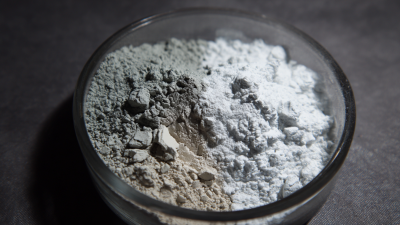
Challenges Faced with Using Customized Re-Dispersible Latex Powder
-
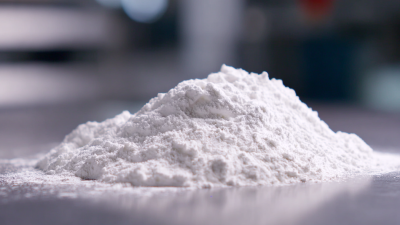
How to Effectively Utilize Hydroxy Propyl Methyl Cellulose in Your Manufacturing Process
-
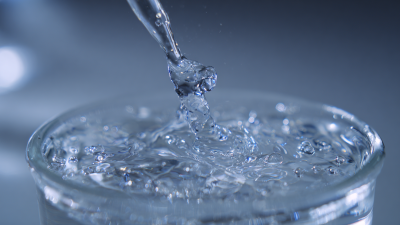
7 Essential Tips for Understanding Hydroxyethyl Cellulose Solubility in Water
-
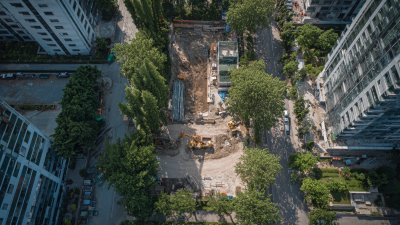
Understanding the Functionality of Polycarboxylate Superplasticizer in Modern Construction
-
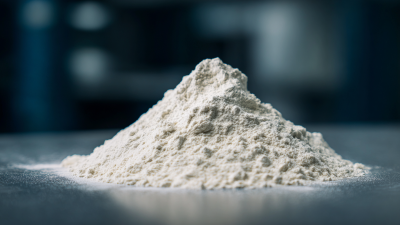
Unlocking the Potential of Methyl Cellulose Polymer in Your Supply Chain
-
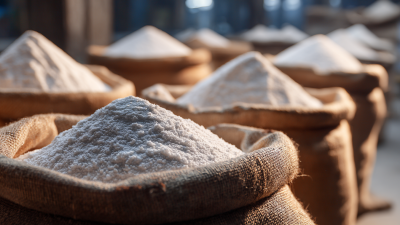
Crafting Excellence with Chinese Manufacturing Powered by Best Thickening Agent Hpmc for Detergent
Blog Tags:






